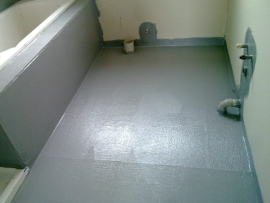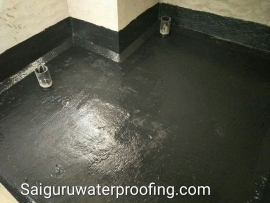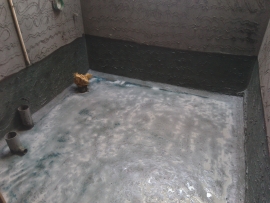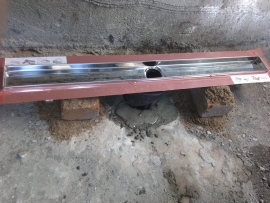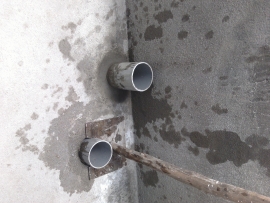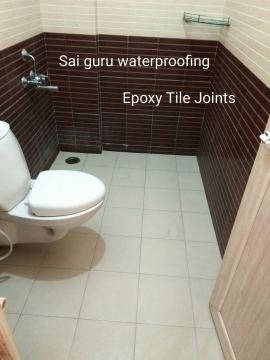Toilet Waterproofing For New And Existing Structure
Toilet Waterproofing For New And Existing Structure
How to construct toilets using New technologies of waterproofing,How to avoid water leakage at toilet, Here the right solution for Toilet leakage issues
The existing surfaces of toilet to be treated,the concrete surface must be clean and free from oil, Grease, paint, loose dust, mud and laitance.
Horizontal surfaces should not have curing agents or hardeners. Honeycombs should be hacked off to expose the concrete.
All chipping and loose particles should be removed, clean surface with water before repairing.
ANGLE FILLET
In existing RCC slab and parapet wall junction make grooves for coving with admixture following manufacture ratio, After applying NITOBOND on wet brick for fine Bonding.
ACRYLIC POLYMER LIQUID MEMBRANE
Membrane should be applied in two coats for horizontal surface.
The first coat of Membrane Brush Bond Acrylic reinforced polymer modified elastomeric dual component of 1:2 ratio with a proper roller or Brush ensuring that all surface of the concrete surface is covered.
Leave the first coat to dry. When the first coat is reasonably dry and can accept foot traffic without lifting off the material when stepped on. This would at least be 3 to 4 hours after the first coat application.
Over the first coat of applied Membrane roll or Brush second coat by Membrane of both 3mm thickness. Wait for the second coat Membrane to be dry at least over night or 3 hours minimum.
This methods avoids leakage at toilet and bathroom for long-lasting period.
Area of Operation
Residential
Commercial and
Industrial Buildings





